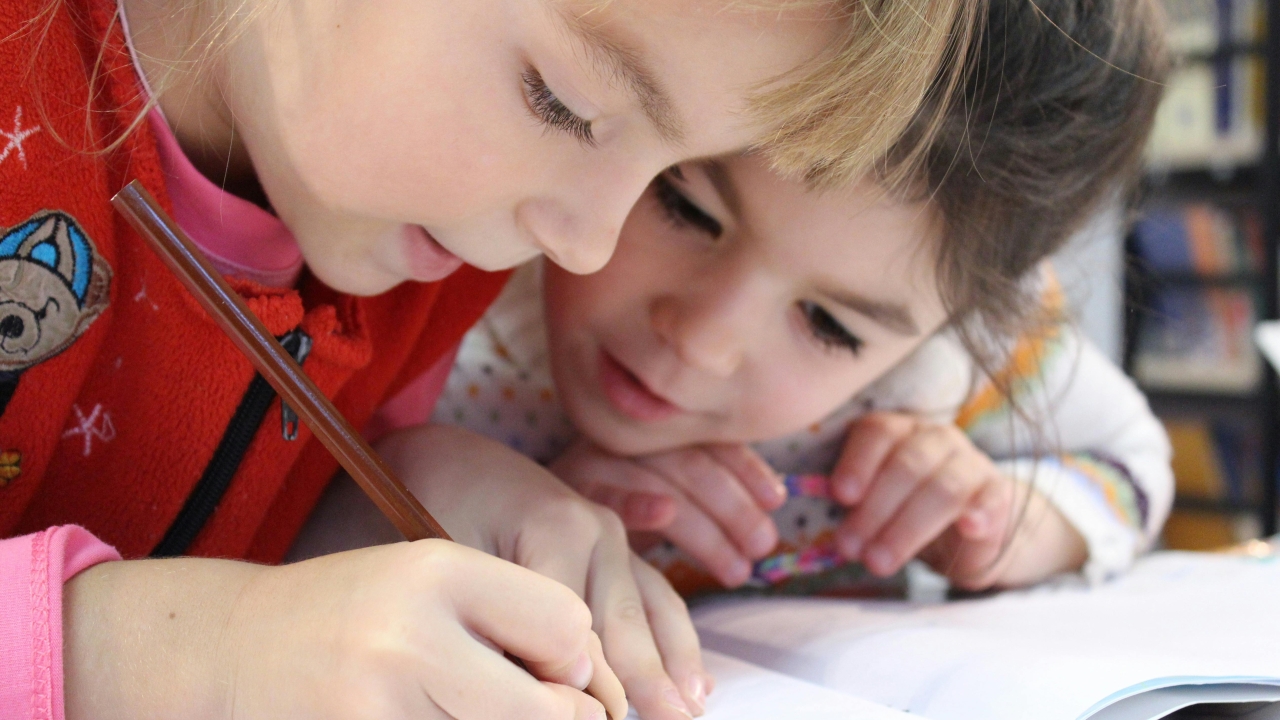A Jar Full of Emotions - Early Years Education

Even before mastering language, young children communicate through expressions, with cries indicating hunger or a yearning for their caregiver and smiles radiating happiness. By the age of 10 months, infants demonstrate a full spectrum of basic emotions, including joy, anger, sadness, fear, dislike, and surprise.
As an early years teacher, I have always placed great emphasis on fostering children's Social development. In this context, two vital aspects stand out:
1. Learning the language of feelings and managing emotions
2. Mindfulness, Yoga, and meditation can only help if you know yourself.
Language of Feelings
Managing Emotions: Nurturing Emotional Intelligence in Children
In contemporary society, issues such as depression, suicides, and violence often find their roots in the challenges adults face regarding the expression of their feelings and a lack of knowledge on how to navigate their emotional landscape. Recognizing the pivotal role of mental health, it becomes evident that caring for one's emotional well-being is as crucial as maintaining physical health. Addressing these concerns begins with instilling emotional intelligence in children from a very young age. A proactive approach involves introducing children to the intricate world of emotions and providing them with tools to effectively manage their feelings.
Early Introduction to Emotions:
Creating awareness about emotions should commence early in a child's developmental journey. Giving names to feelings is the most essential part of this exercise. Through age-appropriate activities, stories, and discussions, role play, flashcards children can become familiar with a diverse range of emotions, learning to recognize them both in themselves and others. Utilizing a dramatic approach is essential when engaging with children. The more dramatic and expressive you can be, especially while reading a book or conveying emotions, the more likely you are to captivate their attention and make the learning experience memorable. I vividly recall the amusing expression on my husband's face when I was reading a book during distance learning. It's these moments of exaggerated expression that not only entertain but also enhance the educational impact, creating a dynamic and engaging atmosphere for children's learning and development.
Promoting Emotional Resilience:
The objective is not only to make children aware of their emotions but also to cultivate Emotional Resilience. By imparting the knowledge that it is normal to experience a range of feelings, children can develop a resilient mindset. They learn that expressing emotions is a natural part of being human and not a sign of weakness.
Building a Supportive Environment
Providing an environment where children feel safe to express their feelings is crucial. Encouraging open communication and actively listening to children's concerns fosters a sense of trust. Once children have become familiar with recognizing various expressions, the subsequent step involves guiding them on how to respond when experiencing emotions like happiness, sadness, anger, or fear. I initiate these discussions by posing close-ended questions such as, "Are you sad?" or "Are you angry?" This helps children articulate and label their feelings. The conversation then evolves into more in-depth questions like "Why are you sad?" or "What makes you scared?" This encourages children to reflect on and understand the reasons behind their emotions.
In instances where a child is crying, my suggestion is to provide them with some time and space. Once the child is ready for a conversation, approaching them and engaging in dialogue becomes important. Children must recognize that support is available and that open communication is the key to addressing their concerns. Letting them know that you are there for them, ready to listen and assist, reinforces the importance of expressing emotions and discussing worries for their overall well-being.
You are not alone: Seeking Support
Feeling sad or upset is a natural part of being human, and both children and adults must understand that experiencing various emotions is normal. The key lies in how we deal with these emotions. Children need to be taught the importance of reaching out to a trusted adult, whether it's their parents or teacher, to share how they feel.
As adults, our responsibility is to create a supportive environment for children. This involves physically getting down to their eye level, maintaining eye contact, actively listening to what they say, seeking to understand their perspective, and providing the necessary support. Making children feel that there is a reliable and empathetic figure in their lives fosters a sense of security and trust.
Learning to cope with emotions is a skill that requires practice. By encouraging children to express their feelings and offering guidance on managing them, we help them create space for positive emotions. This practice not only contributes to their emotional well-being but also equips them with valuable tools for navigating life's challenges.
Conclusion
Managing emotions is a skill that, when cultivated from a young age, can significantly impact an individual's well-being throughout life. By fostering emotional intelligence in children, we contribute to the development of a generation capable of understanding, expressing, and managing their feelings effectively, thereby promoting mental health, Well-being and overall resilience.
By Simeen Khan, Early Years Nursery Manager at Ranches Nursery
Stay up to date
Subscribe to the free GESS Education newsletter and stay updated with the latest insights, trends, and event news every week. Your email address will remain confidential

